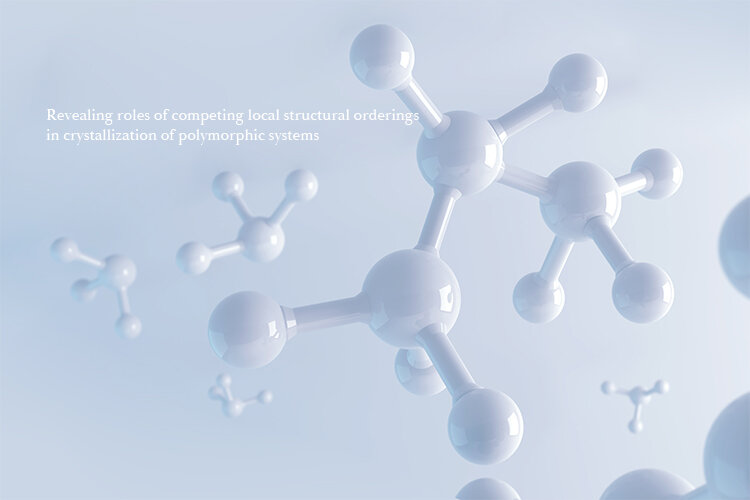

Confocal microscopy is used by researchers from the University of Tokyo and Fudan University to observe polymorphic crystallization in unprecedented detail. Credit: Institute of Industrial Sciences, University of Tokyo.
A team of researchers from the University of Tokyo and Fudan University have studied the crystallization process when more than one structural arrangement is possible. By reducing the noise of random fluctuations, they discovered that the transient precursors of the various crystal arrangements coexist and compete with each other. This work can help lead to more efficient crystal engineering methods.
One of the most popular exhibits in any geology museum is the glass section. The large, flat, rectangular, or tetrahedral faces of an elegant crystal reflect underlying molecular patterns. On closer inspection, some specimens turn out to be mosaics of different shapes, showing that the same atoms can organize themselves in multiple ways, called polymorphisms. In fact, all crystals are repetitive arrays of larger atoms or particles that generally grow from smaller seeds. These seeds serve as initial templates that allow new particles to adhere to the proper locations. However, when multiple structures exhibit similar stabilities, the crystallization process can become extremely complex.
To better understand this, researchers at the University of Tokyo and Fudan University studied an experimental system consisting of uniform colloidal spheres of poly (methyl methacrylate). Using confocal microscopy, which allows the three-dimensional positions of many particles to be tracked simultaneously, along with powerful computer algorithms, the team observed a seething mix of competing structures constantly breaking and reforming.
Each type of precursor of crystalline order was in competition to seed the growth of that type of structure. Scientists discovered that the intermediate structures before crystallization was complete turned out to be mixtures of local orders that were short-lived and frequently transformed with each other. “Competition between different crystal arrangements is carried out locally and can be masked by large positional fluctuations,” says lead author Peng Tan.
To overcome this noise, the team had to use computational methods to correctly classify the various structures. The spatial coexistence of phases, together with the recently found temporal fluctuations of competing orders, shows that disorder is an intrinsic characteristic of crystal precursors.
“Our method provides the clearest picture of the competition that can exist between the various crystal forms in a single sample,” says lead author Hajime Tanaka. “This research may pave the way for new approaches to the industrial production of crystalline materials.”
The work is published in Scientific advances as “Revealing functions of competitive local structural arrangements in the crystallization of polymorphic systems”.
The team discovers that the selection of polymorphs during crystal growth can be thermodynamically driven
Revealing the roles of competitive local structural arrangements in the crystallization of polymorphic systems, Scientific advances (2020). DOI: 10.1126 / sciadv.aaw8938
Provided by the University of Tokyo
Citation: Crystal Wars: Research May Lead to More Efficient Crystal Engineering Methods (2020, July 1) Retrieved July 2, 2020 from https://phys.org/news/2020-07-crystal-wars- efficient-methods.html
This document is subject to copyright. Other than fair dealing for private study or research purposes, no part may be reproduced without written permission. The content is provided for informational purposes only.